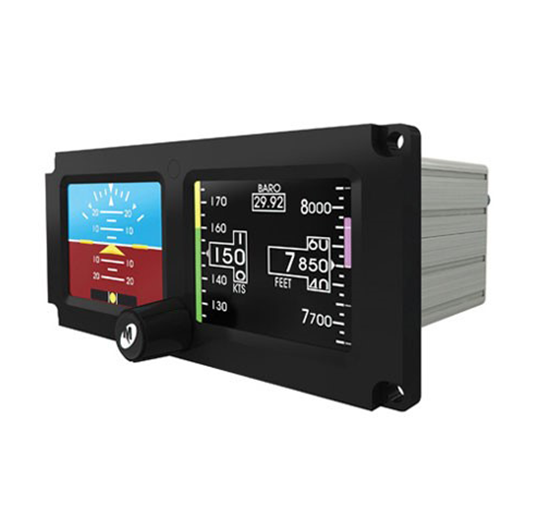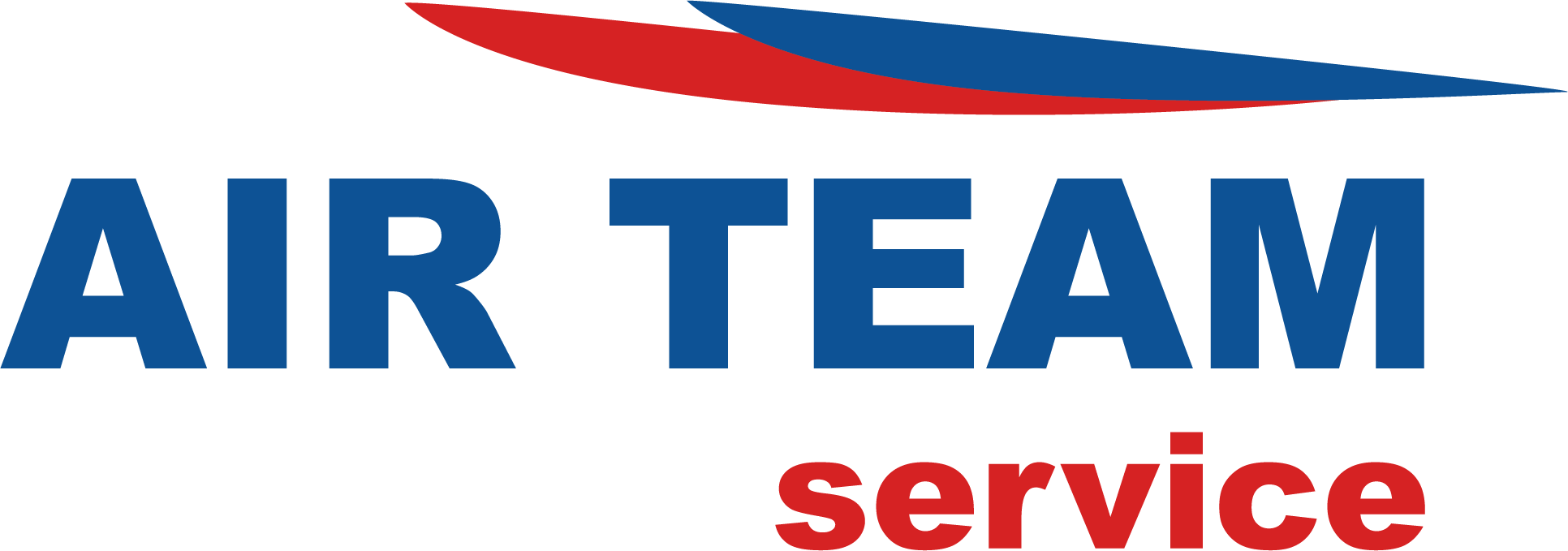
MidContinent MD302
Electronic Standby Altitude Indicator Upgrade
The MD302 series Standby Attitude Module offers a self-contained solution for situational awareness, displaying aircraft attitude, altitude, airspeed, slip, and vertical trends using solid-state electronic sensors. Suited for various aircraft types, its compact design ensures flexible installation in both retrofit and modern panels, adjusting to either 14 or 28V electrical buses. Its high-resolution dual LCD ensures clear visibility under any condition. With an integrated rechargeable battery, it can operate up to two hours autonomously. Its user-friendly interface, facilitated by a single push-and-turn knob, allows smooth navigation and interaction. Built in Wichita, Kansas, it's FAA, ANAC, and EASA certified, proving its reliability and efficiency.
Contact Us
Need Consult? Just Send the Form
The model MD302 series Standby Attitude Module is a self-contained situational awareness instrument, that provides aircraft attitude, altitude, airspeed and slip indication.
The compact and innovative design of the MD302 is specifically developed for maximum flexibility for installation in retrofit or modern instrument panel.
Its size, extra-wide viewing angle and AnyWay selectable orientation allows it to be installed almost anywhere in the instrument panel and in less space than traditional 2-inch mechanical standby or primary flight instruments.
Regardless of the aircraft you’re flying, the MD302 is a great fit. With a 10 to 32 volt DC input range, the unit will work with 14 or 28V aircraft electrical buses and the selectable lighting input allows operation with 5, 14 or 28V lighting systems.
The operation and certification of the MD302 make it well suited for Part 23 and 25 fixed-wing applications as well as Part 27 and 29 rotorcraft.
The MD302 provides critical flight and situational data to the pilot and crew under any circumstances
you’re likely to encounter.
The design is built around a solid-state electronic sensor array for high reliability and contains an integral and rechargeable Nanophosphate® lithium-ion battery that can power the unit for up to two hours if main aircraft power is lost.
The dual, high-resolution LCD display uses
smooth graphics, daylight-readable brightness, and a configurable lighting response curve to ensure
optimal visibility in all conditions.
The user interface of the product allows for simple, intuitive operation using a single push-and-turn knob that easily navigates through the user options and menu screens.
The interactivity of the unit means that it can receive and transmit ARINC 429 data communications. Functional outputs of attitude, altitude, and airspeed can be used for monitoring or backup information while baro input data can be received that will synchronize the baro setting with the primary system to eliminate redundant task loading for the pilot.


Features
- Attitude, altitude, airspeed, slip, and vertical trend indication
- Displayed heading via ARINC 429 input
- Five primary functions utilize modern solid-state MEMS gyro, accelerometer and pressure transducer technology
- Small 2.4” x 5.5” footprint
- Extremely lightweight — 1.4 lbs
- Smooth, high-definition graphics
- Unique, two-screen display with wide viewing angles and a user-friendly menu structure
- Selectable orientation — horizontal and vertical
- Aircraft-specific, programmable airspeed range markings
- Simple user interface — one knob configures the display and provides menu control
- 10–32 VDC power input
- External, automatic and manual dimming control settings
- Software configurable lighting curves
- Field-upgradable software via standard USB port
- FAA TSO certified to C2d, C3e, C4c, C10b, C106, C113a, C179a
- ANAC TSO certified to C2d, C3e, C4c, C10b, C106, C113a, C179a
- EASA ETSO certified to C2d, C3d (incomplete), C4c, C10b, C106, C113, C179a
- RTCA DO-178B and DO-254 Design Assurance Level (DAL) A
- RTCA DO-160 and RTCA DO-311 qualified
- Designed and built in Wichita, Kansas, USA

